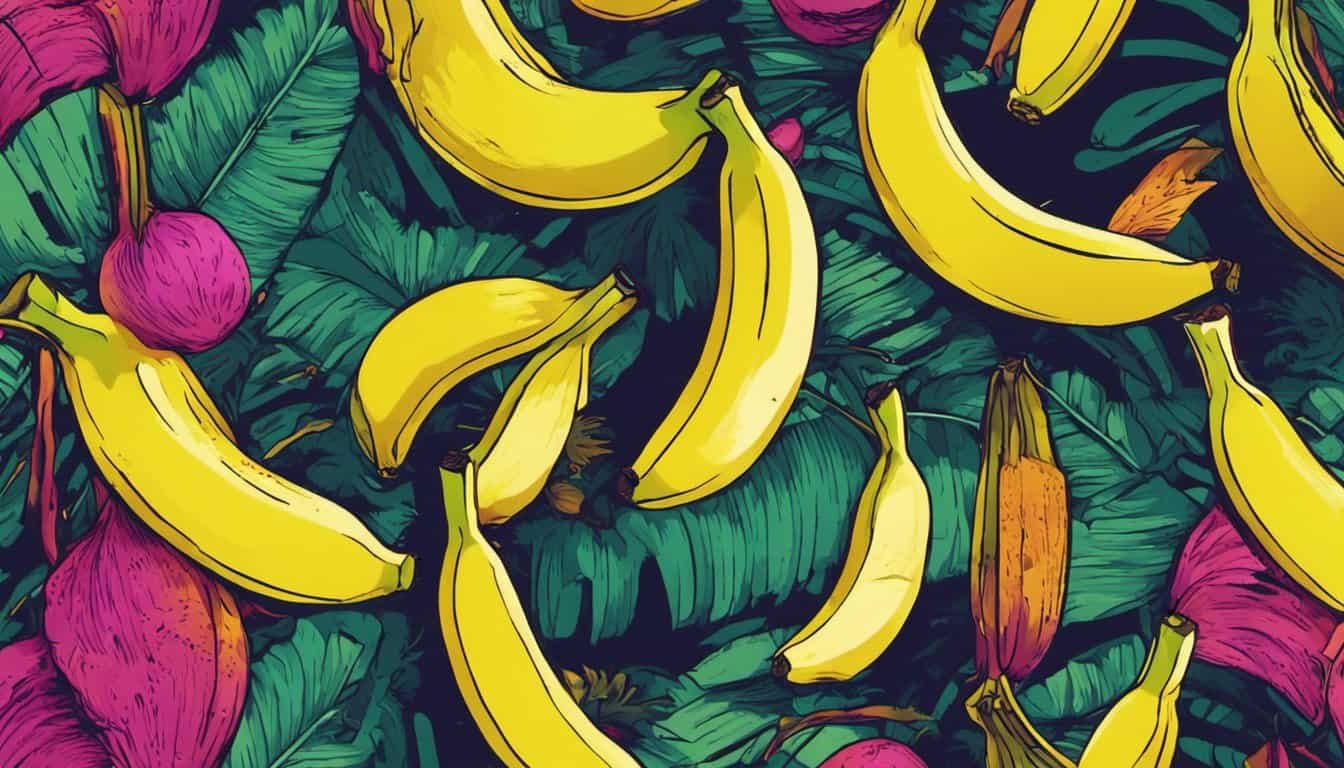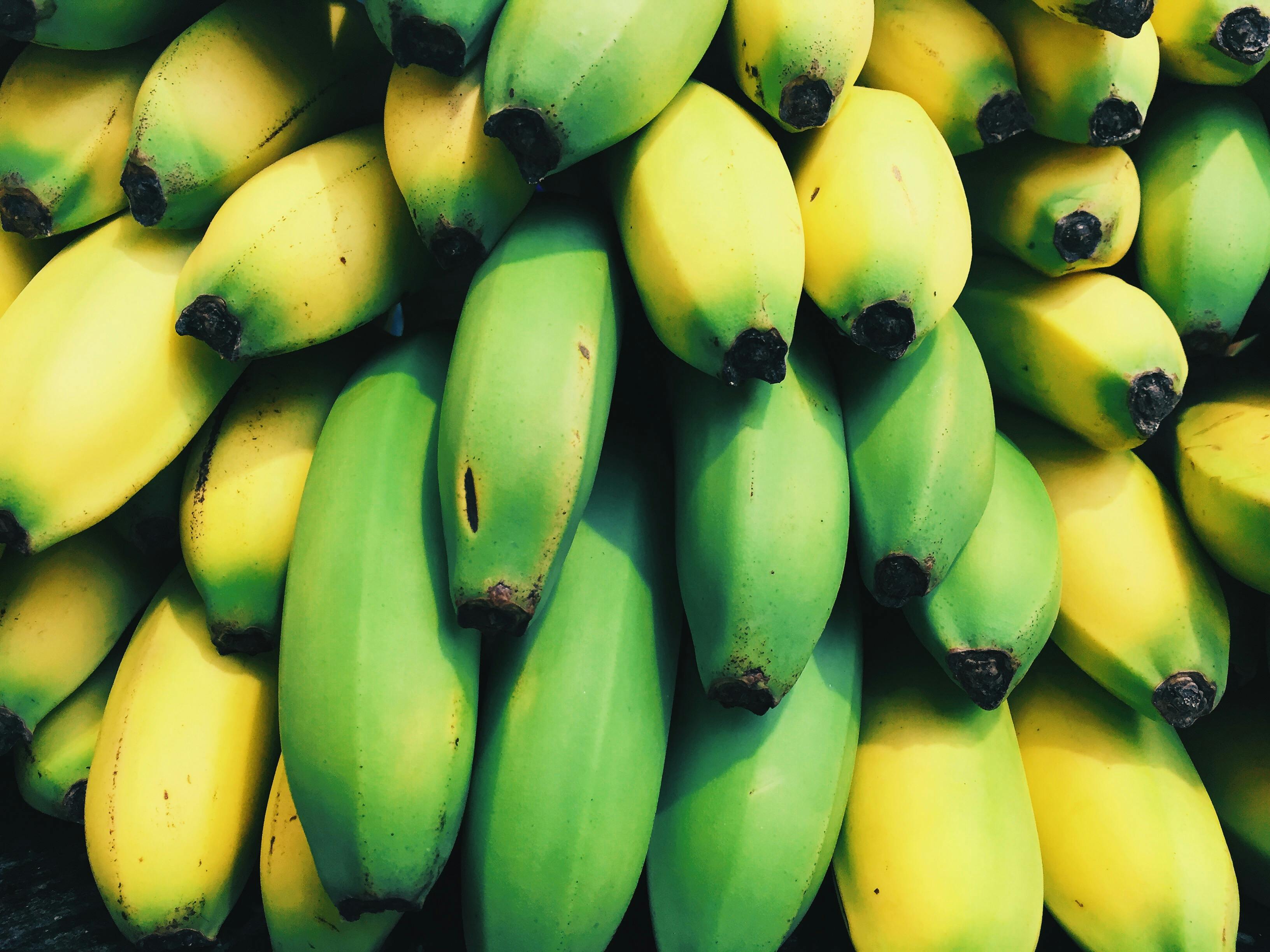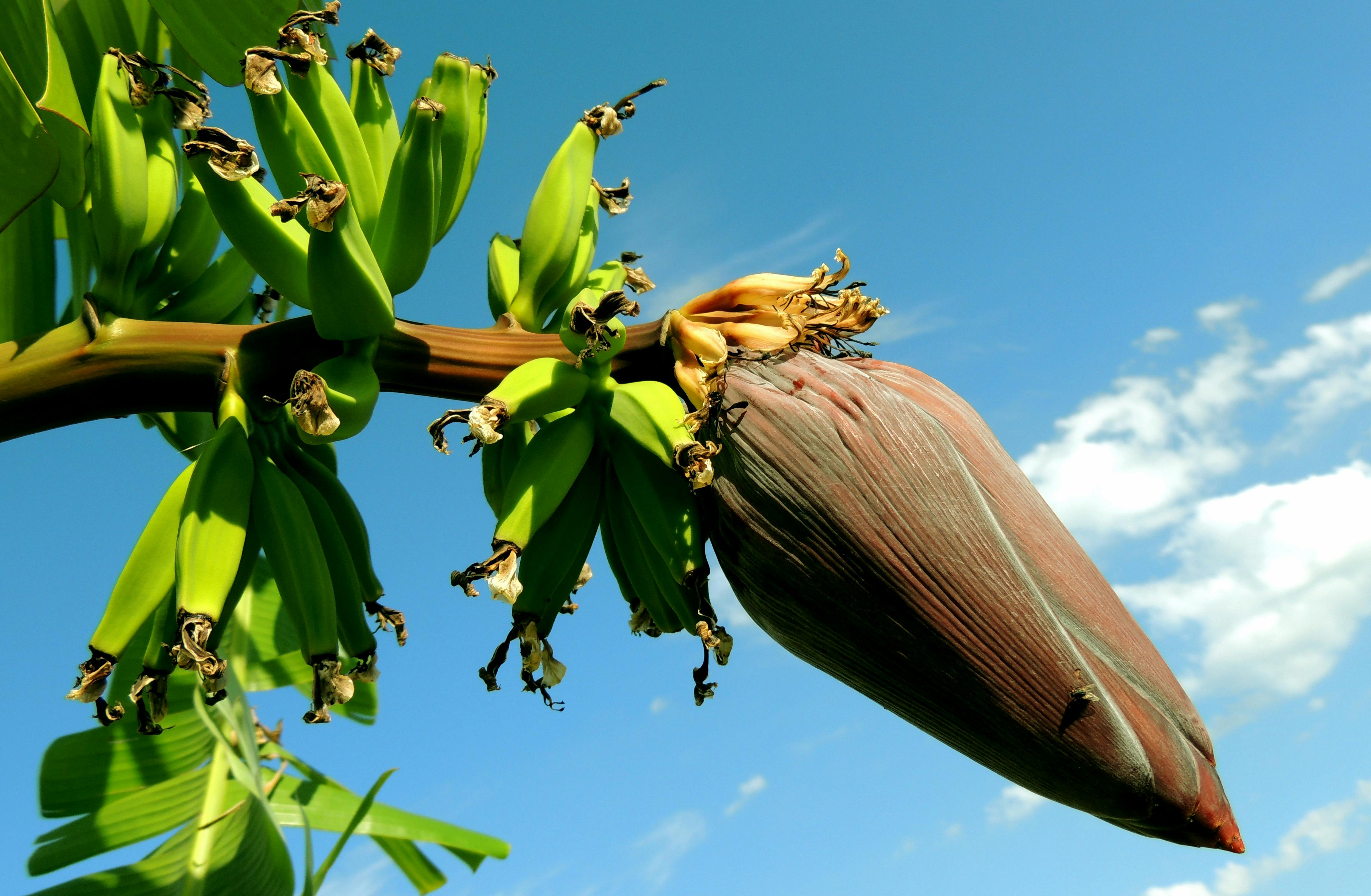Exploring the World of Banana Farming: An Insider’s Guide to The Best Banana Farms in the World
If you’re a fan of bananas, you may have wondered: what makes one banana farm better than another? In this blog post, we’ll introduce you to the world of banana farming and explore the criteria used to determine the best banana farms. We’ll also compare some of the top banana farms worldwide and identify the factors that make them stand out.

Whether you’re curious about banana farming, looking to improve your knowledge, or simply searching for the perfect banana, this article is for you. So keep reading to learn everything you need to know about the best banana farms in the world.
An Introduction to Banana Farming.
Banana farming is a fascinating and complex process that has been practiced for centuries. From the tropical rainforests of Southeast Asia to the plantations of Latin America, bananas have become one of the most popular fruits in the world.

For those looking to learn more about banana farming, there are many factors to consider. Factors such as soil quality, climate, water availability, and pest management all play a critical role in banana cultivation.
One important aspect of successful banana farming is selecting the right variety. There are over 1,000 different types of bananas grown around the world each with its unique characteristics such as taste and texture.
Another crucial factor for successful banana farming is proper irrigation. Bananas require a consistent supply of water throughout their growth cycle. Therefore farmers need to ensure sufficient water supply through drip irrigation or other methods.
Furthermore, pest control also plays an essential role in successful banana cultivation since pests can cause significant damage if left unchecked.
In conclusion, Banana farming requires attention to detail and careful planning but can be very rewarding when done correctly. With knowledge and dedication from farmers around the world , we can continue to enjoy this nutritious fruit for generations to come!
Criteria for determining the best banana farm are.
When it comes to determining the best banana farm, there are several criteria that one should keep in mind. First and foremost, the quality of the soil is paramount. Bananas thrive in nutrient-rich soil that is well-drained and has a pH level between 5.5 and 7.
Another important factor to consider is the climate of the region where the banana farm is located. Bananas prefer warm and humid conditions with an average temperature range of 26-30 degrees Celsius.
In addition to these natural conditions, it’s also important to evaluate farming practices such as crop rotation, pesticide usage, and irrigation methods. Sustainable farming practices not only benefit the environment but also contribute to higher yields and better-quality bananas.
Furthermore, social responsibility should be taken into account when choosing a banana farm. Are workers being paid fairly? Are they provided with safe working conditions? Ethical farming practices not only benefit workers but also promote long-term sustainability in the industry.
Overall, choosing the best banana farm requires a holistic approach that takes into account environmental factors, agricultural practices, social responsibility, and ultimately produces high-quality bananas for consumers worldwide.
A comparison of the top banana farms worldwide.

When it comes to banana farming, there are several top players in the world market. Each has their unique set of advantages and challenges, making it essential to compare them before making any decision.
One of the most prominent banana farms worldwide is located in Ecuador. Its strategic location near the equator provides an ideal environment for growing bananas all year round. The country’s favorable weather conditions and fertile soil make it one of the largest exporters of bananas globally.
Another significant player in the banana farming industry is Costa Rica. This country boasts some of the most sustainable and eco-friendly farming practices globally, producing high-quality bananas while preserving its natural resources.
In contrast, Colombia’s banana farms have been plagued by political instability over recent years. However, despite this challenge, they remain a substantial player in global exports due to their ability to grow diverse varieties that cater to specific markets’ needs.
The Philippines is another top banana farm destination that has made significant strides in recent years towards sustainable farming practices with increased use of organic fertilizers and pest control measures.
Lastly, Mexico’s proximity to key markets such as the United States makes it a popular choice for exporting bananas quickly and efficiently.

In conclusion, each country brings different strengths and challenges when it comes to producing high-quality bananas for local consumption or exporting globally. By comparing these top players worldwide, we can gain a better understanding of what makes each farm unique while appreciating their contribution towards satisfying our love for this delicious fruit.
What makes a banana farm the best?
When it comes to banana farming, there are a multitude of factors that contribute to making a farm the best. From soil quality to climate conditions, each component plays a crucial role in ensuring that the bananas produced are of the highest quality.
One key factor is the type of soil used for cultivation. Bananas thrive in well-drained soils with high levels of organic matter and nutrients. Farms that prioritize soil health by implementing sustainable practices such as crop rotation and composting can produce healthier and more robust banana plants.
Another important factor is climate conditions. Banana plants require a warm and humid environment with consistent rainfall throughout the year. Farms located in regions with favorable weather patterns can produce bananas year-round, contributing to consistent supply for consumers.
Additionally, pest management practices also play an essential role in ensuring optimal banana production. Farms that use integrated pest management techniques – such as natural predators or biodegradable pesticides – can drastically reduce their reliance on harmful chemicals while maintaining healthy crops.
Finally, social responsibility should also be considered when determining what makes a banana farm “the best.” Ethical labor practices ensure fair wages and safe working conditions for workers on the farm, enabling them to support their families while producing high-quality bananas.
In conclusion, achieving excellence in banana farming requires meticulous attention to detail across multiple facets of agriculture – from soil health and climate conditions to pest management practices and social responsibility. By prioritizing these factors, farms can produce superior quality bananas while positively impacting both their local communities and global consumers alike.
Conclusion and recommendations for the best banana farm.
In conclusion, the best banana farm is one that prioritizes sustainable and ethical practices while also producing high-quality bananas. It’s important to consider factors such as soil quality, irrigation methods, pest management strategies, and labor rights when choosing a banana farm to support.
To ensure that you’re making an informed decision, it’s recommended to do research on the specific farms and brands you’re interested in buying from. Look for certifications such as Fairtrade or Rainforest Alliance which indicate that the farm meets certain environmental and social standards.

Another recommendation is to try different varieties of bananas from different regions to experience the unique flavors and textures they offer. From sweet Cavendish bananas to tangy Red Bananas, there are many delicious options out there waiting to be discovered.
By supporting responsible banana farming practices and exploring diverse varieties, we can not only enjoy delicious fruit but also contribute towards a more sustainable future for our planet.
Check out our other articles to find out even more about banana.
In conclusion, there is not a single banana farm that can be considered ‘the best’. It depends on what factors you prioritize and which countries you’re able to access. From the comparison of the top banana farms in this article, it’s apparent that all have their own advantages and disadvantages. With this information in hand, we hope that readers have developed an understanding of how to determine the best banana farm for them. Check out our other articles to find out even more about bananas!















